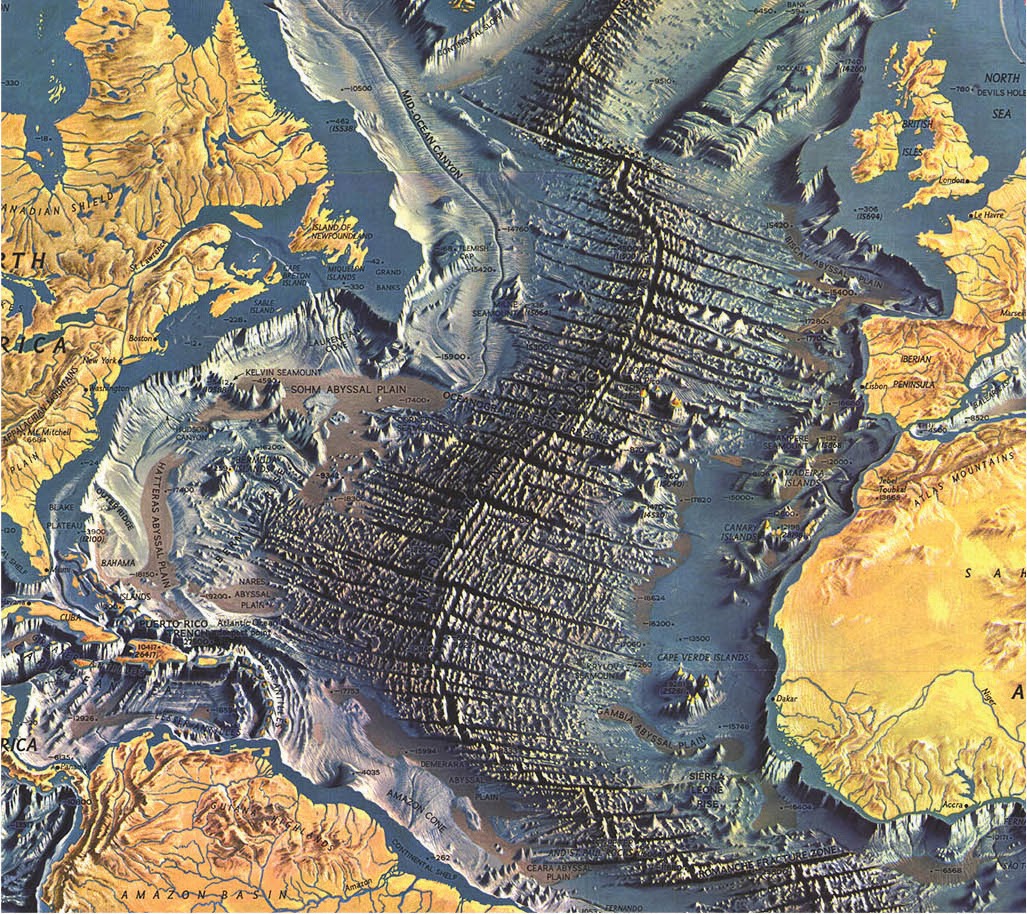wondered if a hybrid torpedo would work, with battery to propel it away from boat and steam for second stage at faster speed? but the electric torpedo closed gap on speed during the war so it might not be worth efforts?
To be honest, it is asking a lot of either German, British, French, Russian, Italian or American engineers to work out the kinks of an electric torpedo. There were three solution tracks available, Silver-zinc or silver magnesium seawater batteries, nickel cadmium batteries or lead-sulfuric or hydrochloric acid batteries. All three approaches were of an order of magnitude equivalent to designing a brand new four engine bomber or designing a complete new tank. If anything a torpedo is more difficult because even the littlest mistake and one winds up with a failure.
Witness the Mark XIII, XIV and XV, steam driven types, that the USN tried to field after 20 years of development? It still took 2 years during the war and another 5 years postwar to fix them.
FIDO, a lead acid battery powered torpedo which worked was an 18 month program that was frankly "a miracle". It sort of worked. Needed 10 years more work to finally field a good ASW torpedo that could be air dropped and be considered reliable.
The Mark XVIII which was a US nuts and screws copy of a German G7e, was put into service in 2 years because the Germans had spent 10 years of their own work solving all the major problems of a lead acid electric power unit. This power unit was US duplicated exactly to the service busses and was mated to a Mark XIV front end, and scaled down to fit inside an American torpedo tube. It worked, but the battery cells leaked more than the Siemens designed originals and the smaller American torpedo had an inferior gyro set-up control and weaker batteries. It was slower, more fragile, than the German original and the darned thing retained the Mark XIV's nasty habit of circling back on the sub that launched it. This meant a not too fast short ranged weapon that could sink a freighter if the nose wander problem did not steer it to miss ahead or astern; but was almost useless in a destroyer/sub duel unless the destroyer captain was incredibly stupid. Cutie which was an electric FIDO for subs to kill destroyers could get it done, but it was slooooower than the Mark XVIII. An attempt to make a Sound King (ZaunKonig) version of the Mark XVIII failed.
------------------------------------------------------------------------------------------------------
The Mark 48, the current US heavyweight torpedo, which uses a liquid mon-oxidant-fuel, was started in 1947 and was not cleared for service until 1978. It's predecessor, the Mark 37 sub-killer was a 25 year horror show before it became reliable. To show you what it really means, the USN keeps stocks of WW II developed torpedoes still in her inventory, because after 70+ years of use and tinkering, those weapons are known to work, or at least their faults are understood so that they can be made to work.
-------------------------------------------------------------------------------------------------------
The US did develop a seawater (silver chloride zinc) battery power unit for a torpedo for testing in 1943, but the silver the Navy needed to finally complete the program had been scarfed up by the Manhattan Project. It would not have mattered if the USN had been allotted the 100 tonnes of silver requested, because the torpedo (Mark 32===> 37) was not ready until 1958. And then it took another 15 years to get it to work right. Just in time for the Mark 48 to replace it.
------------------------------------------------------------------------------------------------------
The French during the Vichy years started work on nickel cadmium battery units. They had their power units fairly quickly (1955) but they had a lot of issues to solve with handling and stowage. As soon as they could they switched over to silver, or their own version of OTTO fuel. Safer.
The Russians duplicated US work with NAVOL. This has not worked out too well, as they have lost two submarines to torpedo accidents. The Chinese who have used Russian tech have at least one NAVOL torpedo loss of submarine disaster of their own. The USN has had several close calls. NAVOL is not in US service anymore (I hope.)




